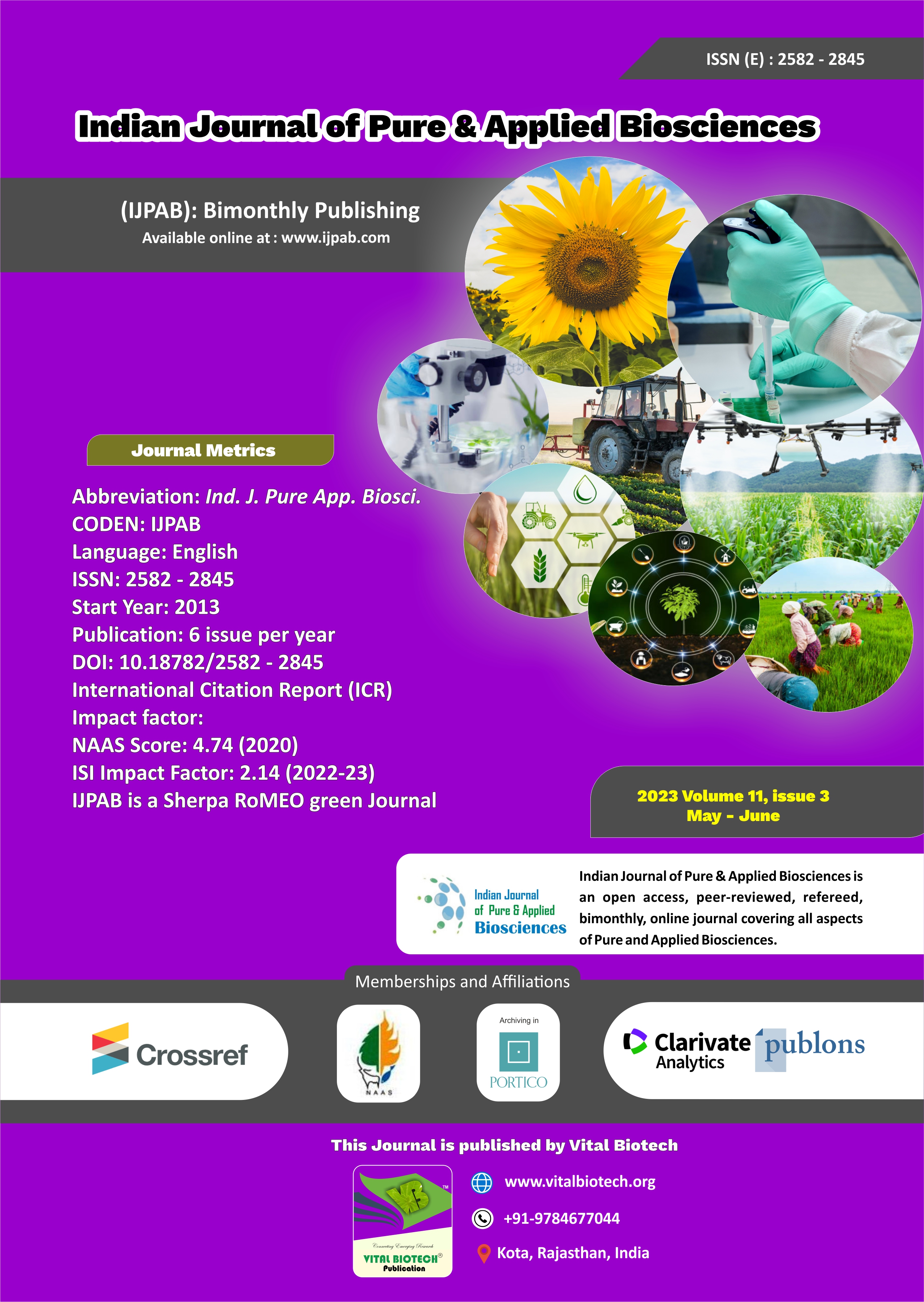-
No. 772, Basant Vihar, Kota
Rajasthan-324009 India
-
Call Us On
+91 9784677044
-
Mail Us @
editor@ijpab.com
Indian Journal of Pure & Applied Biosciences (IJPAB)
Year : 2023, Volume : 11, Issue : 3
First page : (36) Last page : (46)
Article doi: : http://dx.doi.org/10.18782/2582-2845.9010
Continent-wise Neuroprotective Medicinal Plants for Managing Parkinson's Disease: A Systematic Review
S Rehan Ahmad* ![]()
Hiralal Mazumdar Memorial College for Women, Kolkata, West Bengal, India
*Corresponding Author E-mail: zoologist.rehan@gmail.com
Received: 16.01.2023 | Revised: 10.03.2023 | Accepted: 19.03.2023
ABSTRACT
As the second most common neurodegenerative condition, Parkinson's disease (PD) significantly financially strains individuals and nations' economies. Dopaminergic neurons gradually disappear in PD, which causes cognitive decline, loss of motor function, and the emergence of non-motor symptoms. Complementary and alternative treatments (CAT) are widely used to treat this condition, just like they are for many other chronic illnesses. Many Medicinal plants are examined in this review with respect to continents, Australian, American, African, Asian, and European; three from traditional medical systems in Europe and Asia: Atropa belladonna, Hyoscyamus niger, Lepidium meyenii, Asparagus racemosus, Mucuna pruriens L., and Gingko biloba and. Particularly Hyoscyamus niger and Atropa belladonna are more well-known for their narcotic and toxic properties than for being potential cures for neurodegenerative illnesses. One of the most popular plants used in Traditional Chinese Medicine, ginkgo biloba has a strong antioxidant capacity that contributes to its neuroprotective and anti-apoptotic properties. This article discusses all six plants' bioactive components, anti-neurodegenerative properties, and additional neuroprotective properties.
Keywords: Medicinal Plants, Parkinson’s Disease, Treatment.
Full Text : PDF; Journal doi : http://dx.doi.org/10.18782
Cite this article: Ahmad, S.R. (2023). Continent-wise Neuroprotective Medicinal Plants for Managing Parkinson's Disease: A Systematic Review, Ind. J. Pure App. Biosci.11(3), 36-46. doi: http://dx.doi.org/10.18782/2582-2845.9010


